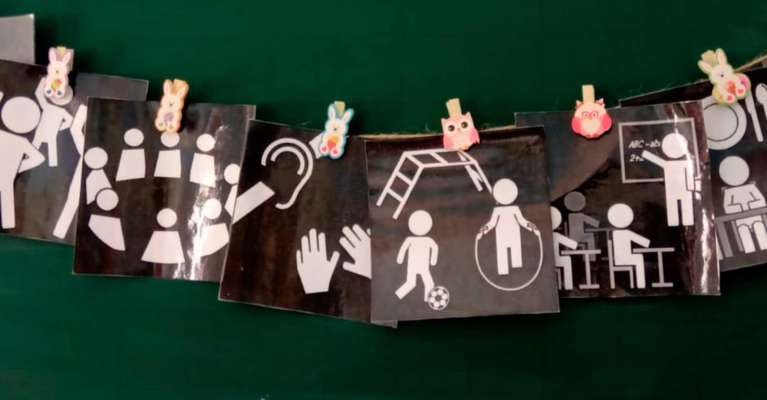Main Activities
There are two main activities in the project:
- Capacity Building
- Curriculum development
Capacity Building – The use of simulation in building institutional capacity
With infrastructure one can mean many things. In DVINE, the use of simulation in capacity building in the field of health care education is a prime example of that.
DVINE project aims to support the acquisition of equipment to build the physical facilities where the simulation can be used as a teaching and learning method.
On the other hand, capacity building in DVINE also means that the staff of the partner universitieswill also be pedagogically trained by Nothern partners to be able to use the simulation methodology in teaching.
Curriculum Development as a holistic tool
The aim of this project is to turn diminution into enrichment in the four target higher education institutions in Nepal and Vietnam. This aim is particularly tackled by producing one revised curriculum for all four target universities in Nepal and Vietnam.
The focus is especially on their nursing and social work undergraduate programmes designed as vehicles to promote the wellbeing, health and dignity of people, but often falling short of to meet expectations due to lack of human or material resources.
A multidisciplinary approach to curriculum development
The DVINE wishes to bring the knowledge of all partners together to develop the curricula. The For example the following aspects will be taken into consideration when developing the curricula:
- use of simulation pedagogy in health care education
- expertise in medical microbiology and dentistry; sanitation and nutrition
- blended learning
- augmentative and alternative communication methods (AAC)
- intercultural communication
- integration with library services
- internationalization
- evaluation and assessment

